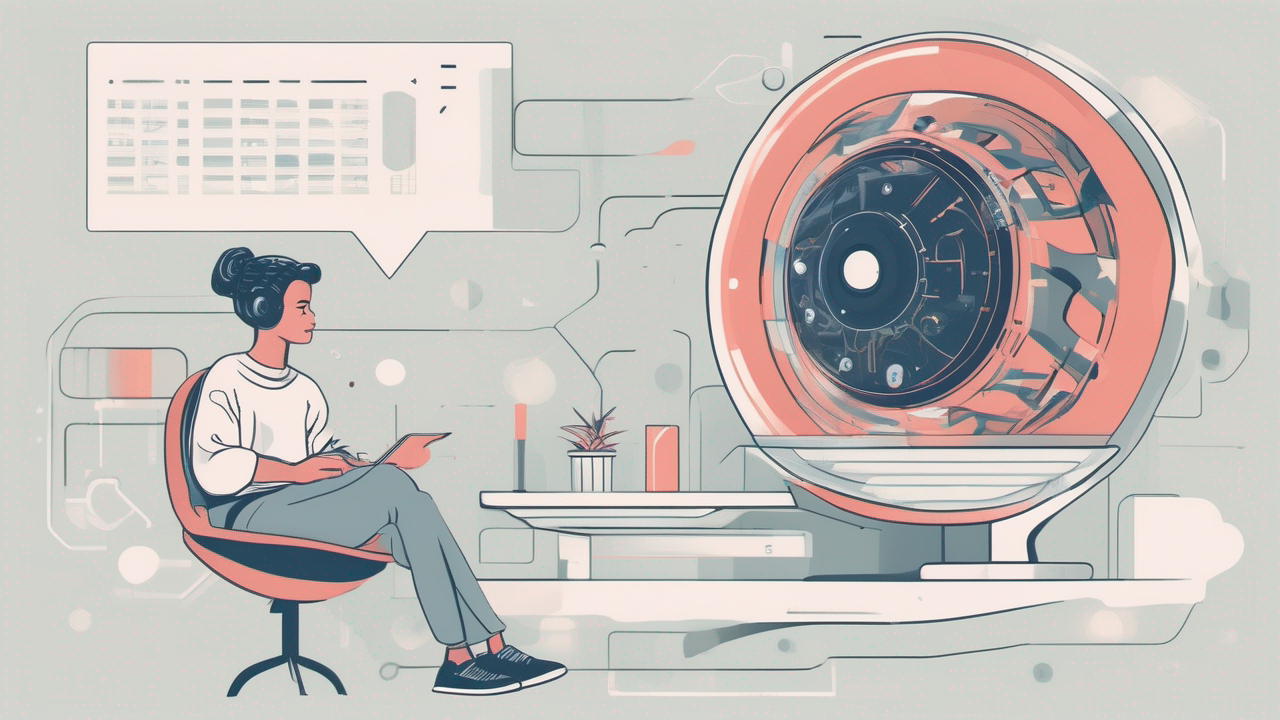Easy Data Sharing for Machine Learning Training

Another year has passed me by. Rather than reflect on the year that passed, I'd like to end the year looking forward into 2025. Hopefully, I 'll get to catch some beautiful equatorial lights in my home country Singapore a little more in the coming year. Meanwhile, in my final post for 2024, I'd like to cram in two Oracle Autonomous Database (ADB) features that deserves more limelight and attention.












